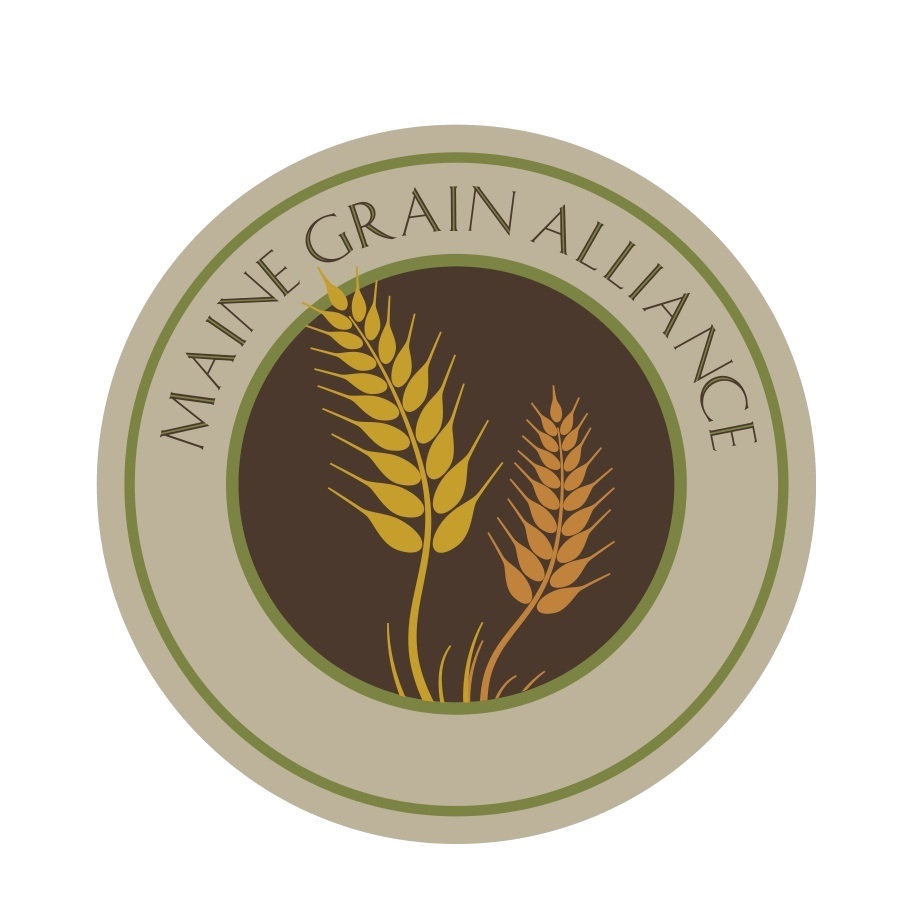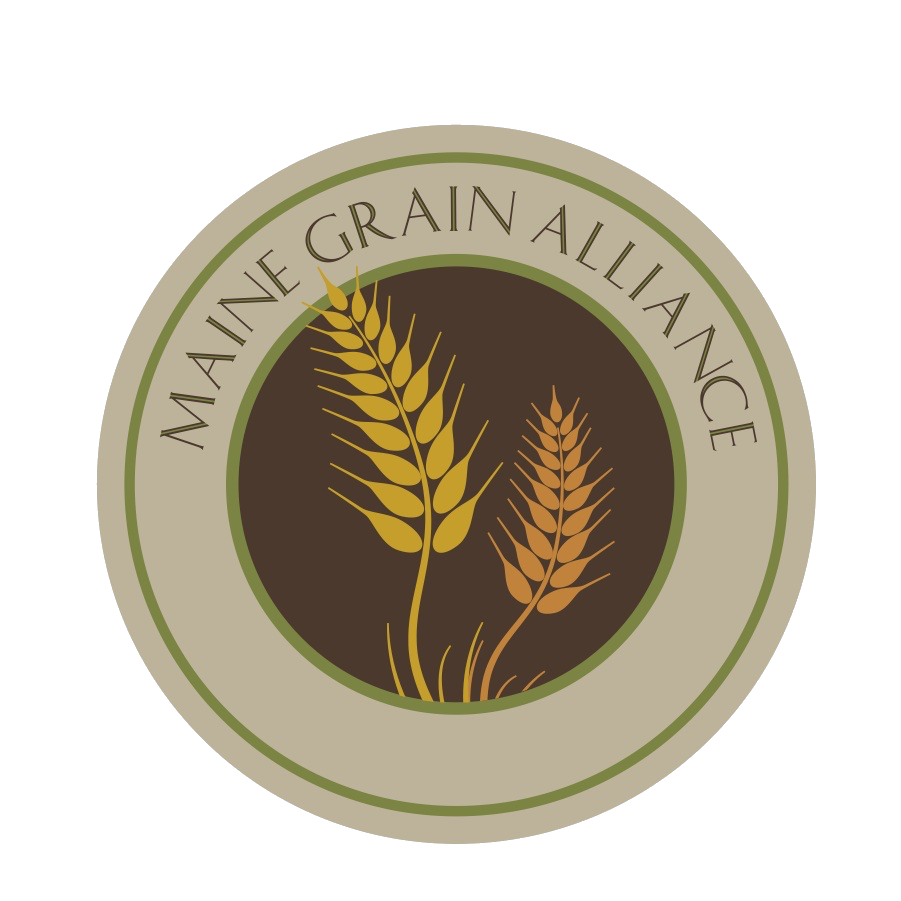| Barley | Tennessee Winter | I received a sample of this seed from the USDA in 2024. A grow-out is still needed before I will be able to share, so reach out to me if interested.
Description by Food Historian David Shields:
"In the 1890s the Tennessee Agricultural Experiment Station began collecting strains of six row winter barley from around the South. Many of these appeared to be locally adapted minimally improved landraces from several growing regions. The breeders crossed and selected these strains and in 1900 released Tennessee Winter Barley, a select cultivar that would become the dominant winter barley in agriculture for the first half of the twentieth century.
Here is a note from a 1910 pamphlet [USDA Farmer's Bulletin 518, author: H. B. Deer, 1912 entitled Winter Barley: 'The most popular variety of winter barley is the Tennessee Winter, the heads and grains of which are shown in figure 1 (see attached pic). This is a six-rowed bearded variety, with yellowish white beards and heads, which has been grown in the Atlantic Coast States since the early colonists introduced it. No effort was made to improve it until in 1900, when the Tennessee Agricultural Experiment Station began breeding it and gave it the name 'Tennessee Winter.' When geneticists began examining the antecedence of this colonial-era barley, they identified the Balkan-Caucasus region as the likely area of origin. In Ewert Aberg’s classic USDA Classification of the Barley Varieties Grown in the United States and Canada (1945) the following reflection on the role of natural selection in the shaping of the landrace appears: “It is not known how many introductions of winter barley were made in the early history of this crop. There is evidence, however, that much of the barley of that [colonial & early 19th century] period was a mixture of an indefinite number of strains, a condition that even today is found occasionally. In these mixed fields natural selection played its role, shaping the type to suit a particular set of conditions . . . . the surviving plants of a severe winter were saved and tested for their usefulness.' "
| |
| Buckwheat | Tartary | Originated in Western China more than 3000 years ago. In more recent history, this variety of buckwheat was a prized staple in French-Canadian cuisine –– particularly for its use in the crepe-like "ploye".
This strain has been grown in the Northeast for generations, most recently by Fr. Paul Dumais of Maine.
| 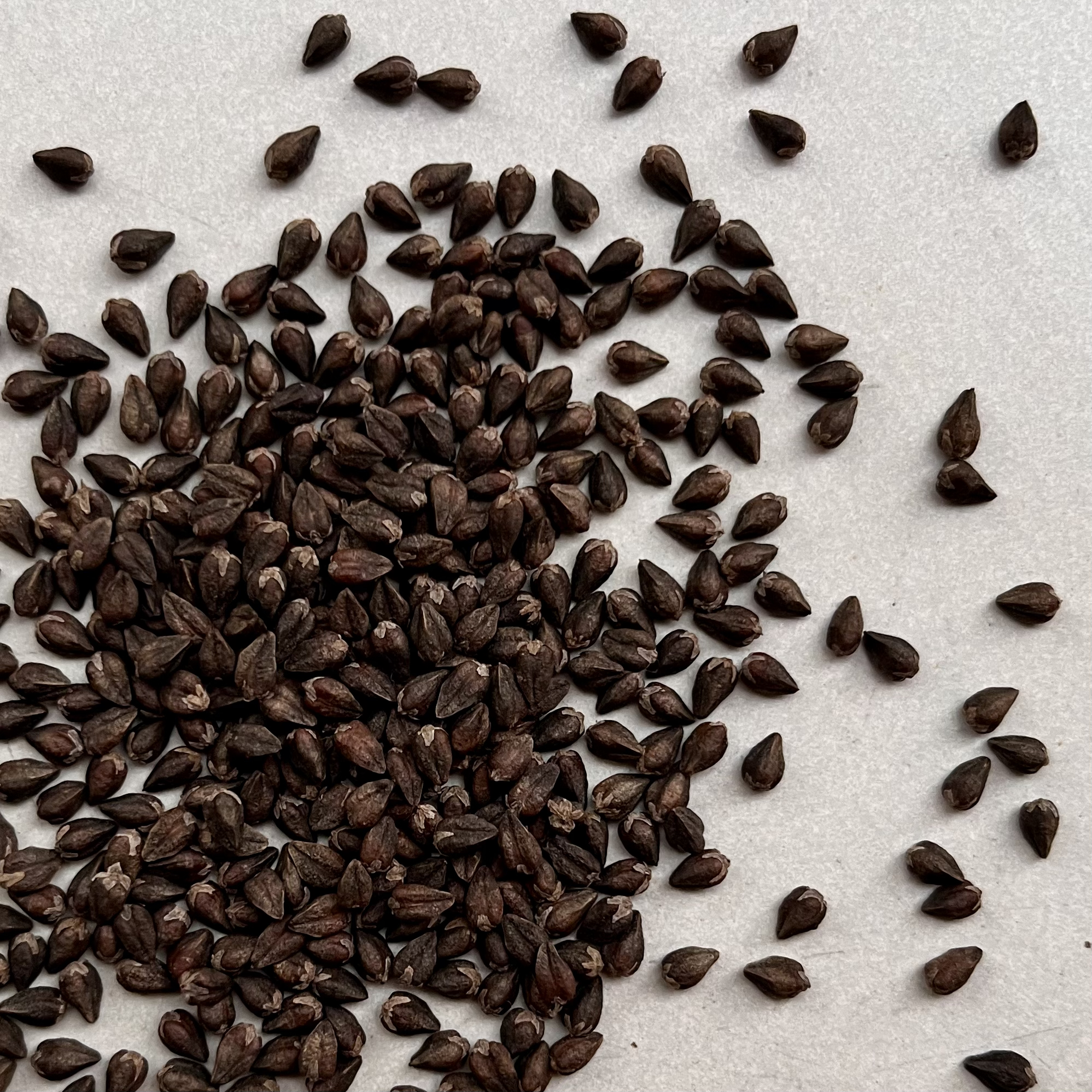 |
| Corn | Otto File | DESCRIPTION
An ancient eight-rowed flint corn with a rich golden-orange color (slightly darker than Byron) due to high levels of antioxidant carotenoids. Little to no occurrence of red cobs in the population
HISTORY
The earliest descriptions of this variety referred to it as "New England Eight-Rowed Flint". While extremely generic, this was indeed the variety name, not a general term for northeastern flint corn. This was among the most common flint corn varieties in the Colonial Era and was used as breeding stock for many other varieties that survive today (i.e. King Philip Flint).
In the late 19th century, New England Eight-Rowed Flint was exported to Italy, where it earned the new name "Otto File" (meaning "eight rows"). Soon after this, the variety went regionally extinct in North America due to its poor yield and darker color, among other reasons. It is possible that surviving varieties like Byron are indeed strains of the original New England Eight-Rowed Flint, but this has yet to be proven definitively.
The Italians were less concerned by the poor yield, as Otto File's flinty kernels were ideal for making polenta and the carotenoids gave the corn an extremely rich flavor. Otto File is perhaps the only flint corn capable of producing a truly authentic Italian polenta, for it was this variety from which the modern rendition of the dish was first created.
|  |
| Corn | Cocke's Prolific | | 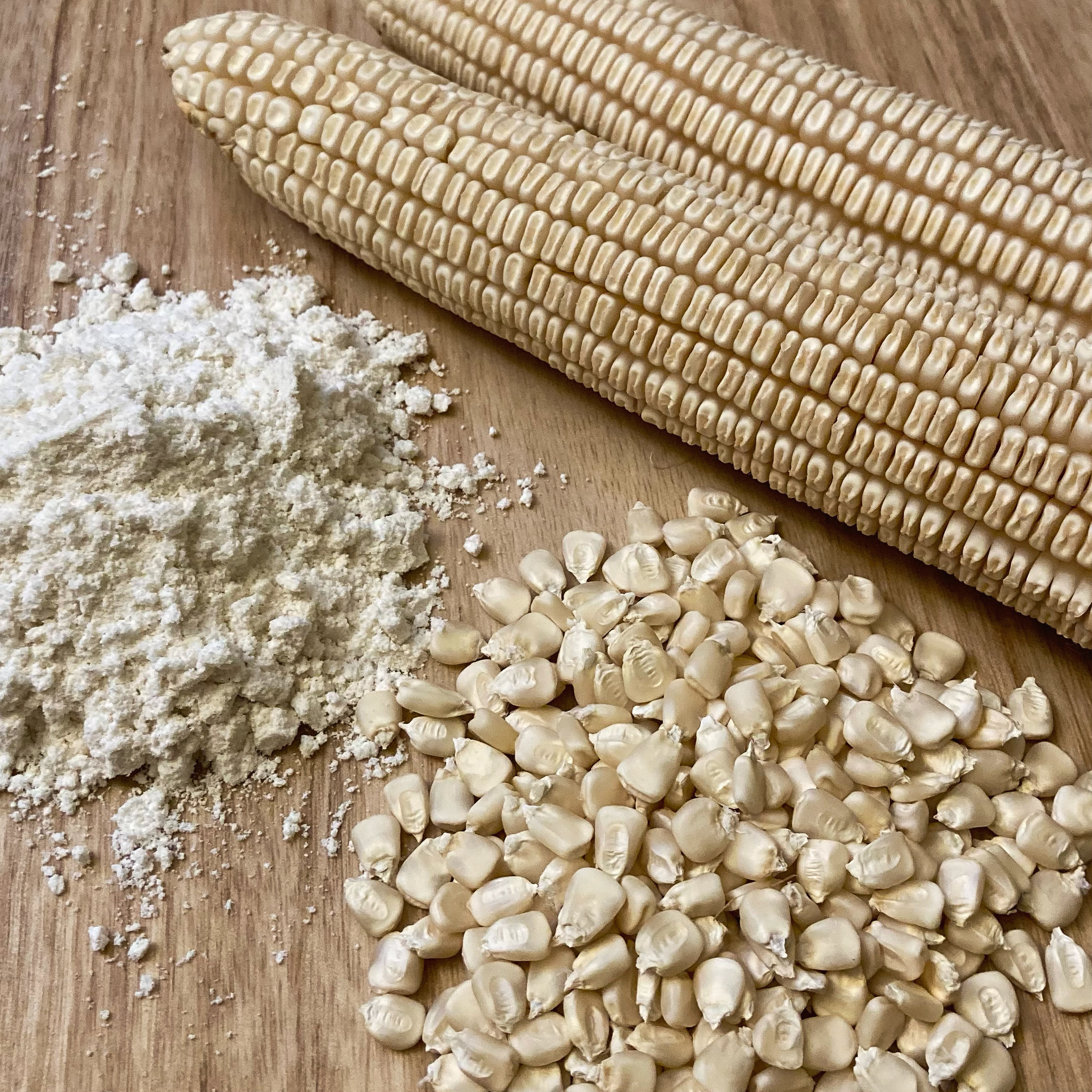 |
| Corn | Jimmy Red | DESCIPTION
Jimmy Red has long been considered to be the finest whiskey corn in the world but is now widely enjoyed by chefs as a milled grain. Its abnormally high sugar content eclipses that of rival varieties like Bloody Butcher. However, Jimmy Red’s greatest asset is the rich, oily germ that imparts a subtle cherry-like flavor when distilled. Ears are 10-12 inches in length with 12-16 rows of kernels.
HISTORY
Jimmy Red originated as a whiskey/moonshine corn grown by prohibition-era bootleggers. In the early 2000s, when the last grower of Jimmy Red passed away, the variety teetered on the edge of extinction. Local farmer and seed saver Ted Chewning was able to obtain two ears from the abandoned field before the elements rendered them non-viable — the same two ears from which these seeds originate.
| 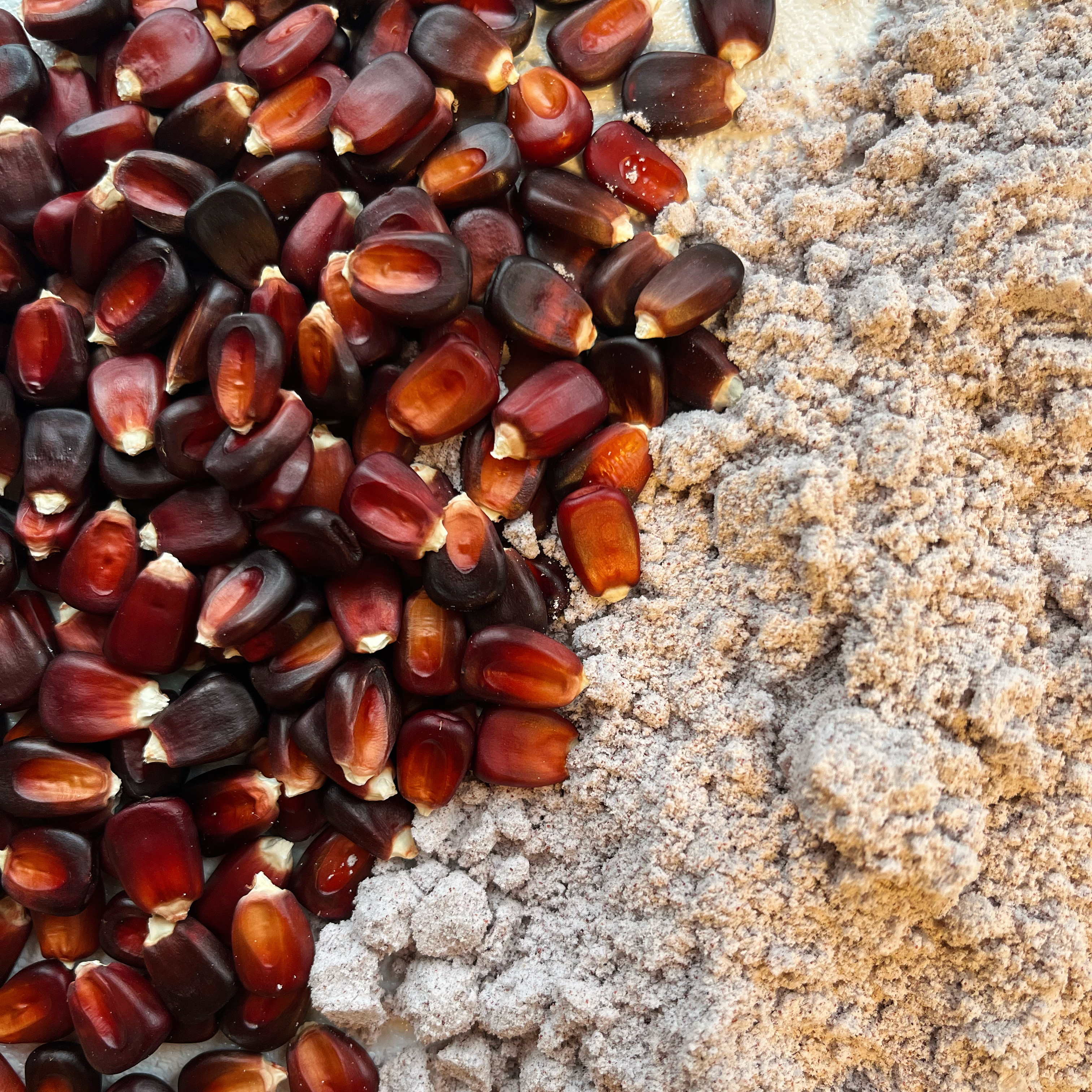 |
| Corn | Stowell's Evergreen Sweet Corn | Description by SSE: "The leading white sweet corn for home and market gardeners, this drought-tolerant historic variety was introduced in mid-1800s, after years of refining, by Nathaniel Newman Stowell. It earned great praise at the time from farmers, and the 1853 Pennsylvania Farm Journal’s comments were also consistently positive. From there, the variety commercialized quickly, and by 1858, it was being sold by James M. Thorburn & Company of New York. Ears grow beautifully to 8-9" long, 1-2 ears per stalk, and hold well."
| 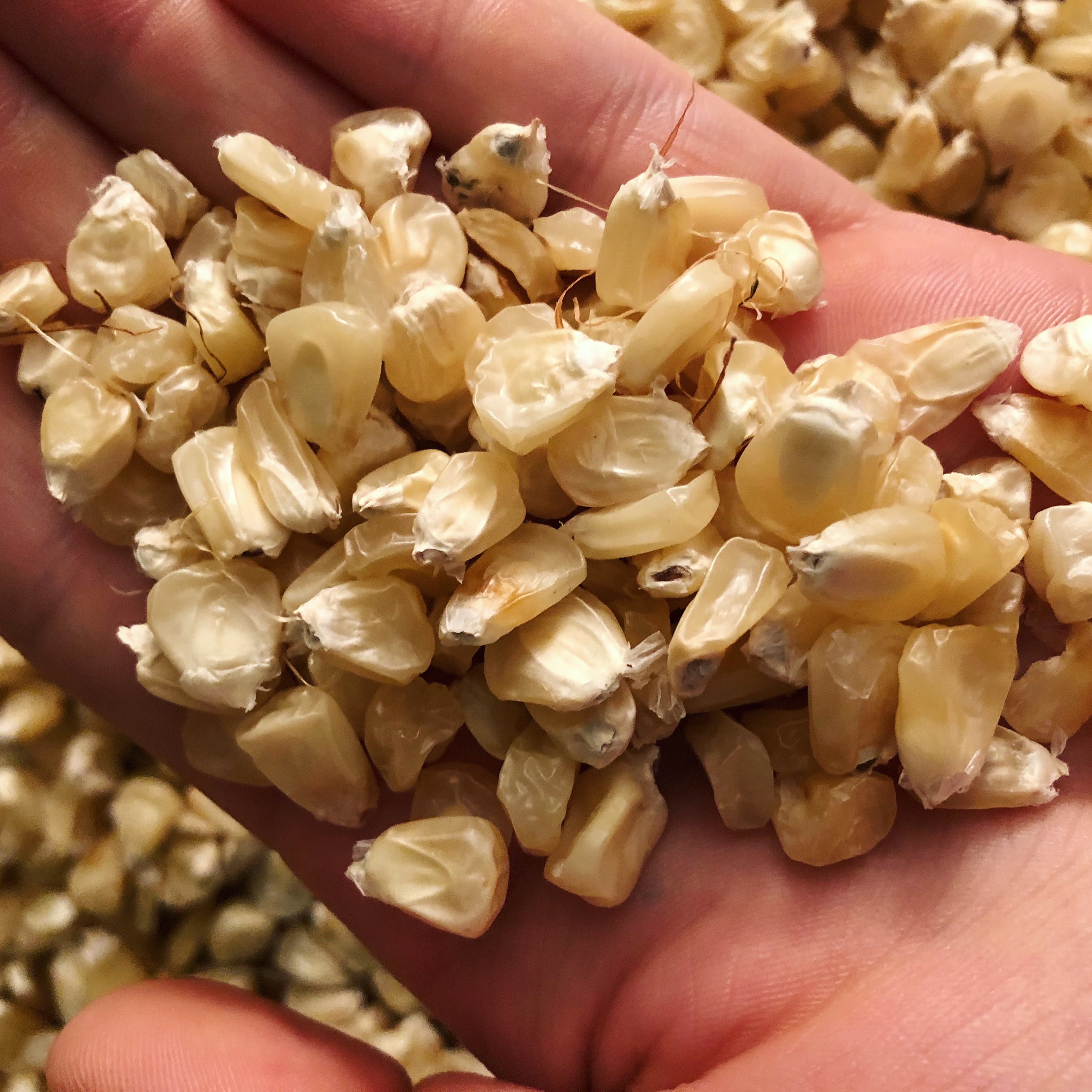 |
| Corn | Glass Gem | The predecessor to Glass Gem was bred in the early 1990s by the famous Cherokee corn collector Carl “White Eagle” Barnes. This variety was a cross between numerous cultivars including two Osage varieties (one red flour corn and another called “Greyhorse”) as well as a Pawnee miniature popcorn. A grower named Greg Schoen later obtained and planted this corn near his home in New Mexico where he crossed it with a Pueblo popcorn variety. The result of this cross was the Glass Gem corn that we know today.
Glass Gem has since soared in popularity and for good reason! This dazzling variety looks just like its name suggests. Each cob expresses its own unique blend of multi-colored kernels closely resembling stained glass. Once dry, the kernels can be milled into a flinty cornmeal or popped for a healthy snack. Each 8-10 foot stalk produces 1-2 ears.
| 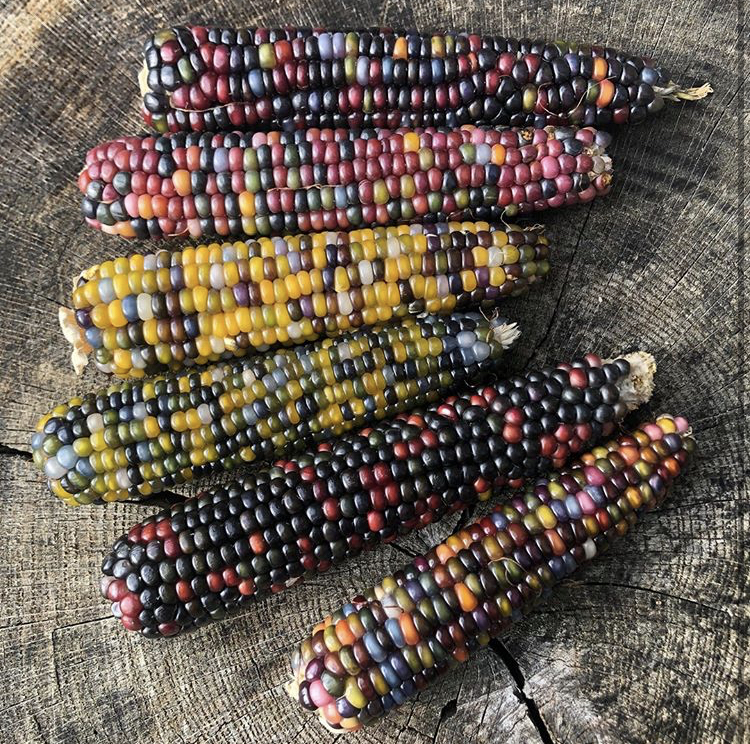 |
| Corn | Pennsylvania Dutch Butter Popcorn | White popcorn grown by the Pennsylvania Dutch. Best known for its naturally buttery flavor.
|  |
| Oats | Potato Oat / Barley Oat | I received a sample of this seed from the USDA in 2024. A grow-out is still needed before I will be able to share, so reach out to me if interested.
Description by Food Historian David Shields:
"Found in a potato field in Cumberland, England in 1788, the barley oat — or the potato oat — was a major crop in the English-speaking world during the early 1800s.
In the 1860s, agronomists believed that hundreds of millions of bushels of the oat had all descended from the single plant found in Cumberland the century before (“The Potato Oat,” Lake Superior Miner. July 18, 1868. 4).
A short, white, and heavy grain, the barley oat was harvested green and sufficiently survived storm winds. It yielded high amounts (70-75 grains per head and about 50 bushels per acre) and contained high amounts of protein. Where the average white oat is of between 17-17.5 percent protein makeup, the Barley Oat is 21 percent. Another bonus, it was a favorite with livestock, meaning its tough texture was a non-issue. The oat lacks an awn, making it easy to process.
| |
| Oats | White Tartarian | I received a sample of this seed from the USDA in 2024. A grow-out is still needed before I will be able to share, so reach out to me if interested.
Description by Food Historian David Shields:
"When the unilateral panicle grain was imported from Europe in the early 19th century, it was primarily being cultivated in France, not Russia or Siberia.
A sturdy variety, the White Tartarian resists stem rust and its late maturation made it a popular field crop in the Northern U.S. and Canada during the latter part of the 19th century. The strain was particularly useful in the Midwest, where it was able to withstand prairie winds.
According to an article from The Cultivator in 1856, the white tartarian “will produce large crops on light soils,” making it a popular livestock feed choice (“Experiments with Oats.” The Cultivator. April 1856. 110). The sweetness of the grain made for suitable “dry fodder” for horses and cattle (Henry Stephens, The Farmer’s Guide to Scientific and Practical Agriculture. New York:1851. 449)."
| |
| Oats | Red Rustproof | I received a sample of this seed from the USDA in 2024. A grow-out is still needed before I will be able to share, so reach out to me if interested.
Description by Food Historian David Shields:
"Also known as the Rustproof oat, the red oat was the second winter oat grown in North America after its arrival in 1849 (The Winter Turf being the first). A product of war, the red oat was introduced in the South by a soldier returning from the Mexican War. Originated in the Mexican highlands, the red rust-resistant oat provided small, tender, and tasty straw for livestock, primarily in Georgia and the Carolinas (“The Red Oat” Raleigh Observer. June 14, 1877. 2).
In these areas, particularly those that had become exhausted from cotton cultivation, the red oat could generate 20 bushels with ease. Its resistance to rust, or puccinia coronata, made it a highly valuable crop, especially since the disease it was mostly immune to devastated crops globally. Because of this asset, the red oat became a resource for breeders in the 20th century looking to impart the oat’s rust-resistance onto more productive oat varieties (Franklin Arthur Coffman. “Oat History” Identification and Classification USDA Agricultural Research Service Bulletin, 1516. Washington, DC: Government Printing Office, 1977, 58).
Because of its usefulness, the red oat, a native of the Mexican hills and a staple in the Southeast, has remained in germplasm banks around the world."
| |
| Oats | Black Tartarian | I received a sample of this seed from the USDA in 2024. A grow-out is still needed before I will be able to share, so reach out to me if interested.
Description by Food Historian David Shields:
"Also called the Siberian oat, this “old black oat” was a widely cultivated long straw grain of average quality. Its upside? The grain produced 100 bushels per acre. The landrace thrived in the “peaty, marshy soils” of the Southeast — think Piedmont bottoms, Carolina bays, and coastal floodplains.
An Eastern Ukraine native, the landrace was introduced to British fields in the early 19th Century before making its way to the States in the 1840s. High in protein, it is made up of about 21.5 percent protein. Its use wasn’t relegated to the Southeast, however. The black tartarian proved popular in some northern states, especially new York. Usually black or brown, the “thin and rather small” grains were used as fodder (“The Oat” Genesee Farmer. March 1838)."
| |
| Oats | Winter Turf | I received a sample of this seed from the USDA in 2024. A grow-out is still needed before I will be able to share, so reach out to me if interested.
Description by Food Historian David Shields:
"Also known as the Virginia Grey Oat, this landrace oat was famed for tilling profusely and yielding substantial crops.
Harvested in October, the longish grains was largely used for horse and cattle feed, leading it to become extremely high in protein (“On the Culture of Oats” Southern Cultivator. May 1852. 134). Used in America at least by 1762, it was planted in the fall by George Washington himself, as recorded in his diary. The hardiest of all landrace oats in North America, its late maturity ensured the oat was “much better than ordinary spring oats for feed” (“Winter Turf Oats.” Coleman’s Rural World. August 27, 1902. 8).
By the early 20th Century, the variety ceased to be a primary southern cultivation, but it became an important genetic resource in breeding the century’s winter oat varieties."
| |
| Other | True Red Cranberry Bean | The True Red Cranberry bean was mentioned in American Cookery (1796) — the first cookbook ever published in the United States — and Fearing Burr described it in 1863 as “one of the oldest and most familiar of garden-beans [which] has probably been longer and more generally cultivated in this country than any other variety.”
True Red Cranberry had been all but forgotten by the mid-20th century. It was around this time that the famed bean collector, John Withee, embarked on an 11-year search for the nearly-extinct variety. His efforts ultimately ended with resounding success on one farmer’s field in Steep Falls, Maine.
| 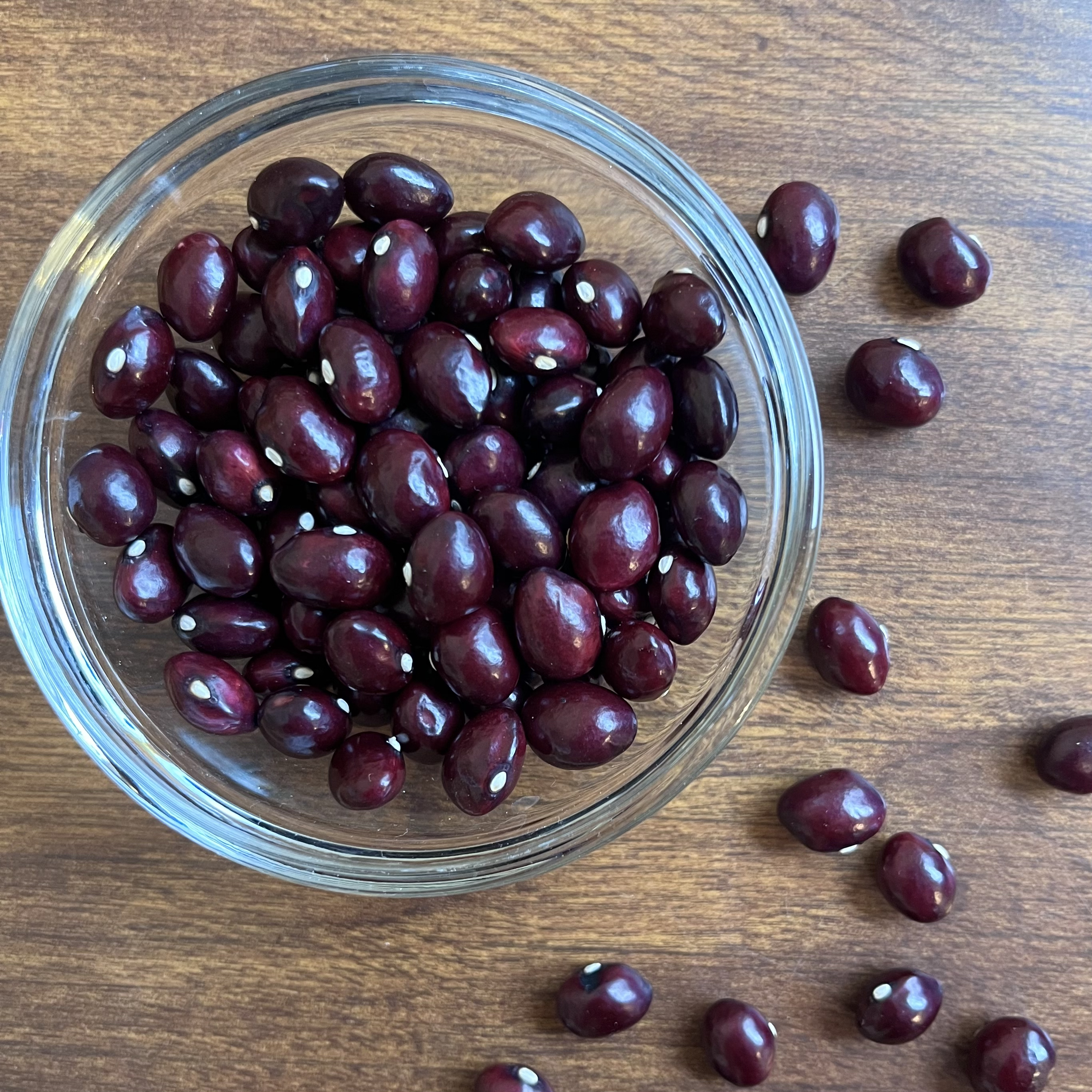 |
| Other | Hidatsa Shield Figure Bean | Hidatsa Shield Figure was one of five dry bean varieties commonly grown by the Hidatsa people of North Dakota. The bean pods are fat, short, and slightly curved. Each one typically contains 4-5 large white beans with speckled orange and maroon saddles resembling a shield. This variety is moderate to high-yielding and is prized for its flavor. It boarded the Slow Food Ark of Taste in 2005.
| 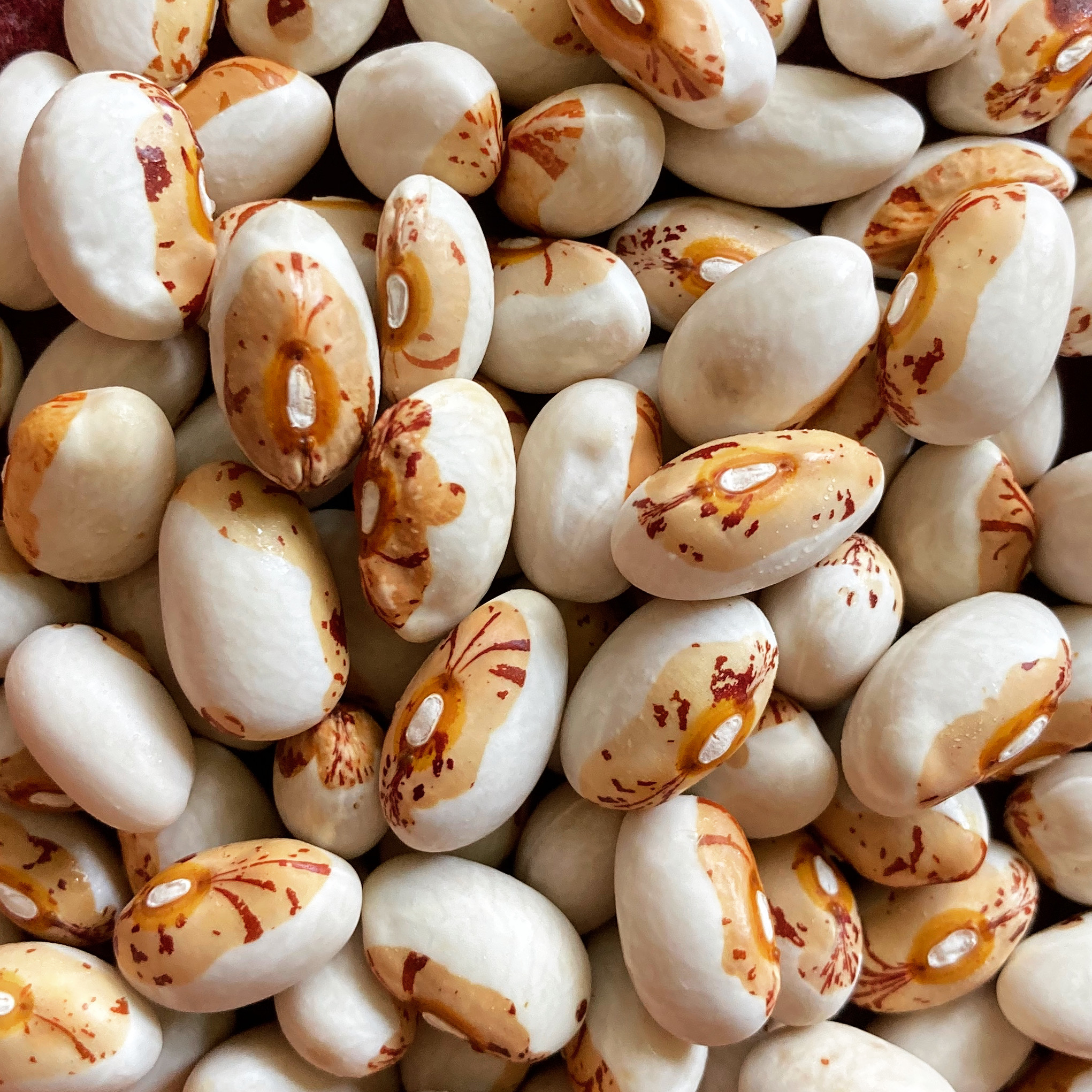 |
| Other | Seneca Cornstalk Bean | Also known as Amish Knuttle or Mayflower. This heirloom bean is rumored to have arrived in the New World alongside the very first Pilgrims on the notorious 1620 voyage of the Mayflower.
In reality, this pole bean was grown and enjoyed hundreds, if not thousands, of years before the Mayflower ever set sail. The Seneca believed the Cornstalk bean to be the most ancient of all the types they grew and it has played a starring role in much of their folklore.
| 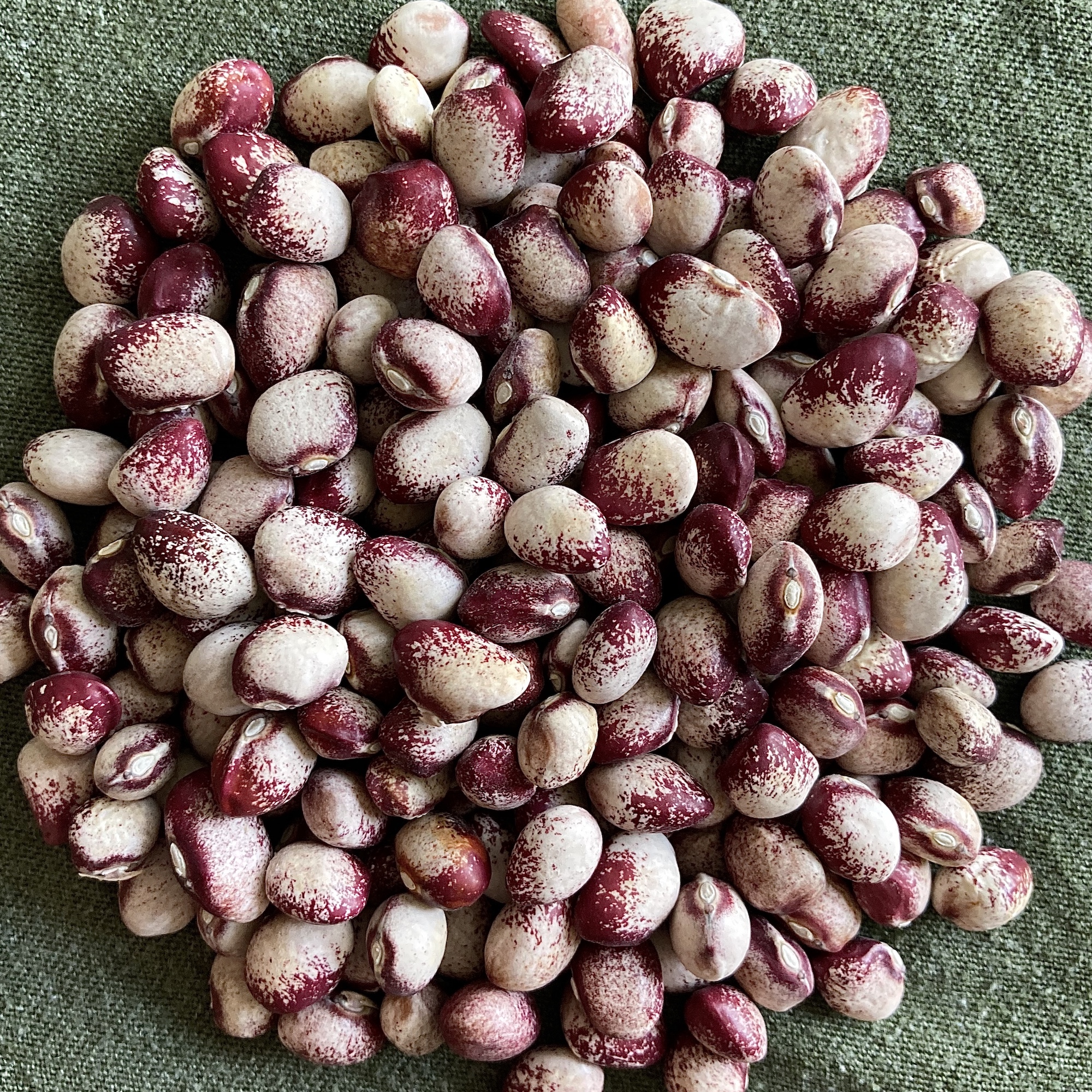 |
| Wheat | Hourani | DESCRIPTION
An ancient hard white durum wheat. Awned seed heads, ranging in color from tan to black. Flavor has been described as "buttery" with a "nutty, yeasty fragrance". Protein content varies, but typically clocks in around 14%. Excellent for both pasta and bread.
HISTORY
Hourani served as the mainstay grain crop in the Southern Levant while Christianity was still in its infancy, and almost certainly predates this period by many hundreds (if not thousands) of years. Hourani seeds were found in the excavation of King Herod's Masada Fortress near the Dead Sea in the early 1960s. In 73 CE, the Roman army laid siege on Masada (the final holdout of Jewish resistance in the first Roman-Jewish War). Those taking refuge within the fortress survived for many months on their caches of dried dates and two varieties of wheat (Hourani and Jaljuli). While still grown by some inhabitants of the Houran Plateau (where famous seedsman Nikolai Vavilov collected Hourani seeds in the 1920s), this variety's population has become severely fragmented since the advent of modern wheat, placing it on the edge of extinction.
| 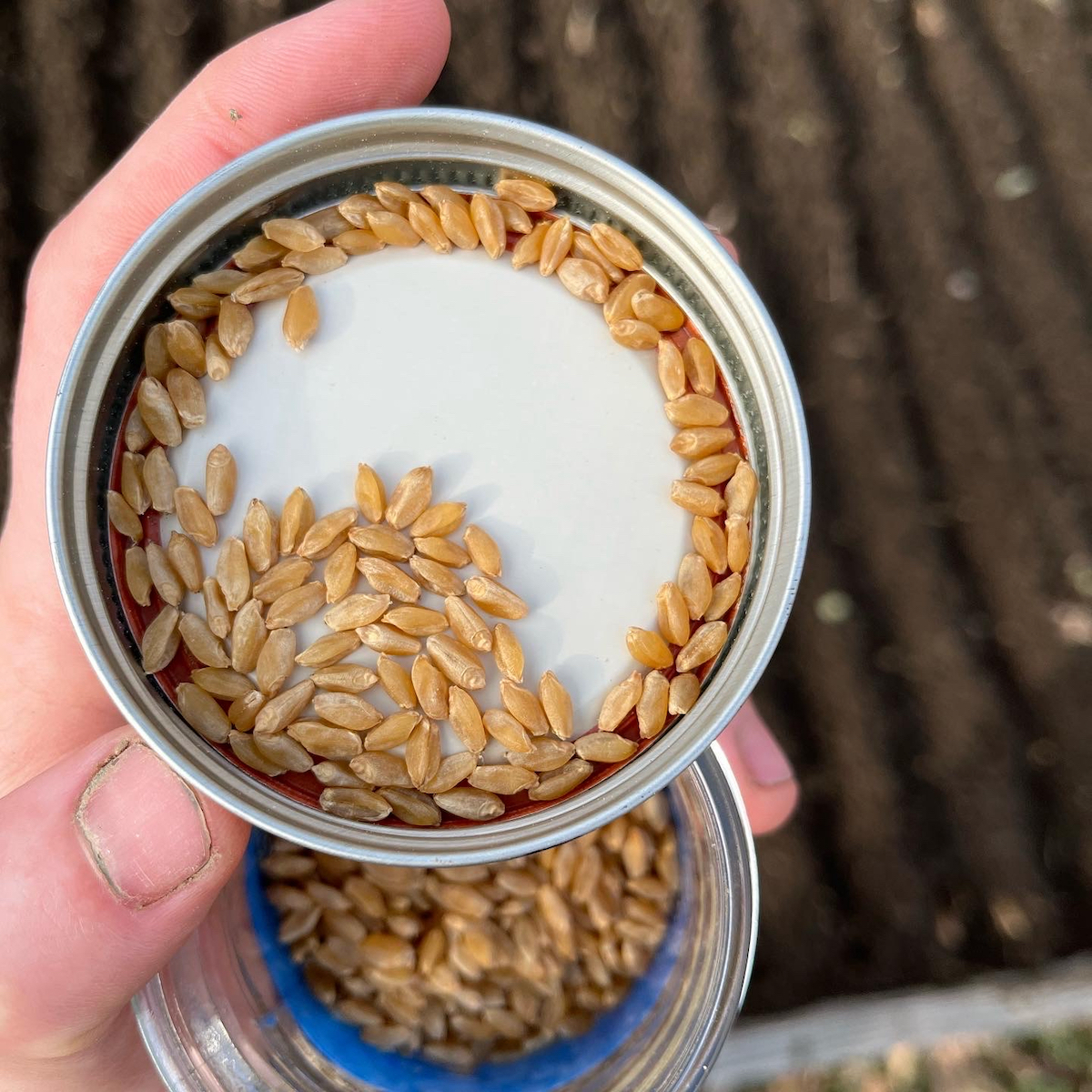 |
| Wheat | Khorasan | (Triticum turgidum)
Ancient variety known commercially as Kamut. Originated from a cross of T. durum and T. polonicum (Polish wheat).
Kernels a very large with a soft, thin bran and nutty flavor. Great for both pasta and bread.
| 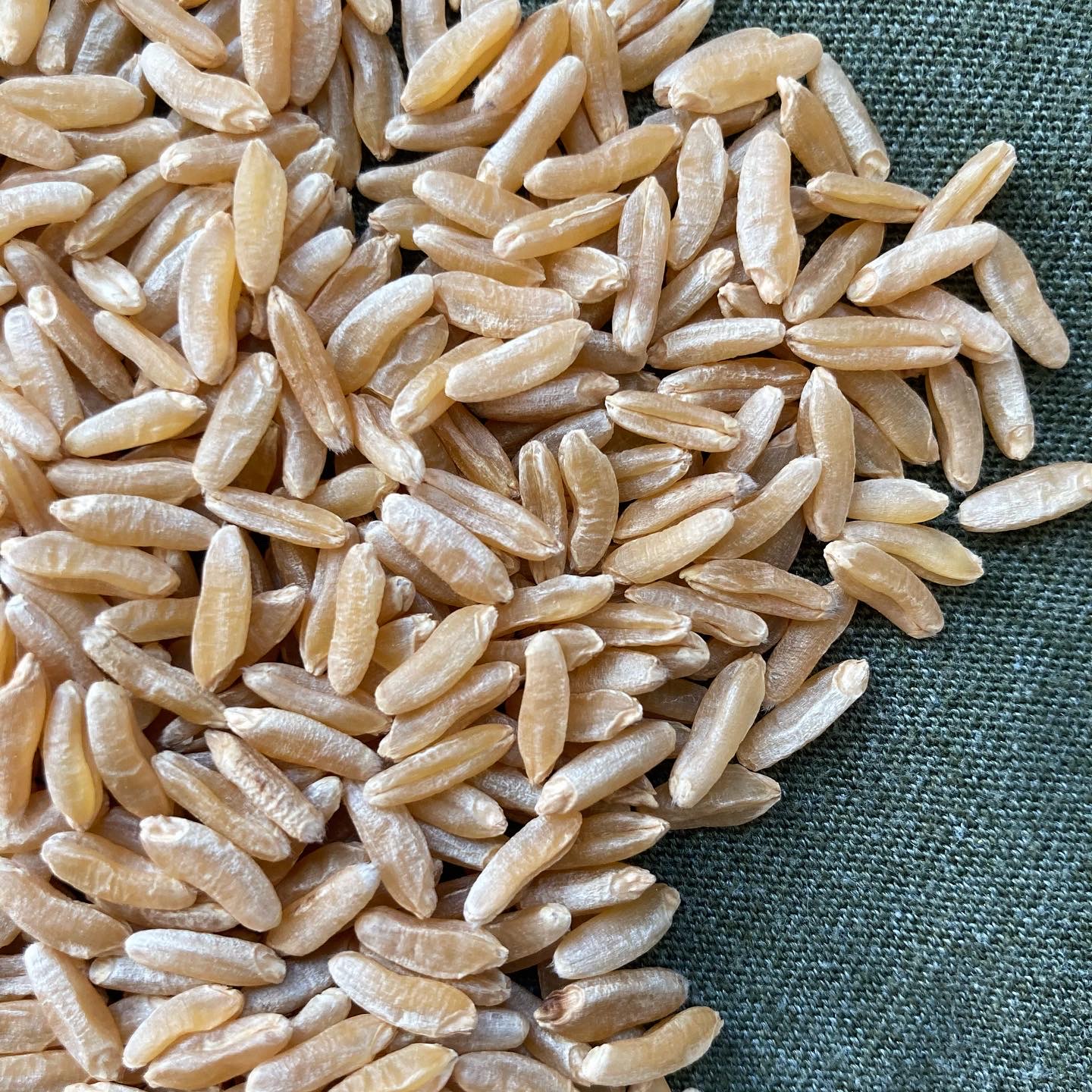 |
| Wheat | Blé de Crépi | (Triticum aestivum)
Very rare French landrace that has been preserved in some gene banks as early as 1972.
"Crépi wheat is one of the oldest French breeds. It has been cultivated since time immemorial throughout the north of Ile-de-France and part of Picardy and Champagne. The surroundings of Crépi en Valois have long been renowned for the seed wheat that people came to collect from far and wide: it was grain carefully cleaned and sometimes sorted by hand. No doubt the very harsh and harsh climate of the plain where it was harvested gave this wheat a robust and rustic temperament which made it thrive all the better in the more sheltered lands of the surrounding valleys. Today, the introduction of English varieties has caused Crépi wheat to disappear from almost all lands, except those which cannot support any other type. In the winter of 1876 to 1877, many localities were fortunate to have preserved it, for it withstood the winter where the English wheat had completely frozen. Its great merit therefore lies in its extreme hardiness which is only matched by that of winter spelts. It therefore seems made for cold plains exposed to frost without snow. Good and medium strong soils are suitable for it. If they contain limestone, the grain is all the more beautiful and heavier. " (The Best Wheats, 1880)
Illustrated by Eugène Graff (1897).
If anybody knows more about this variety's history, please reach out to me!
| 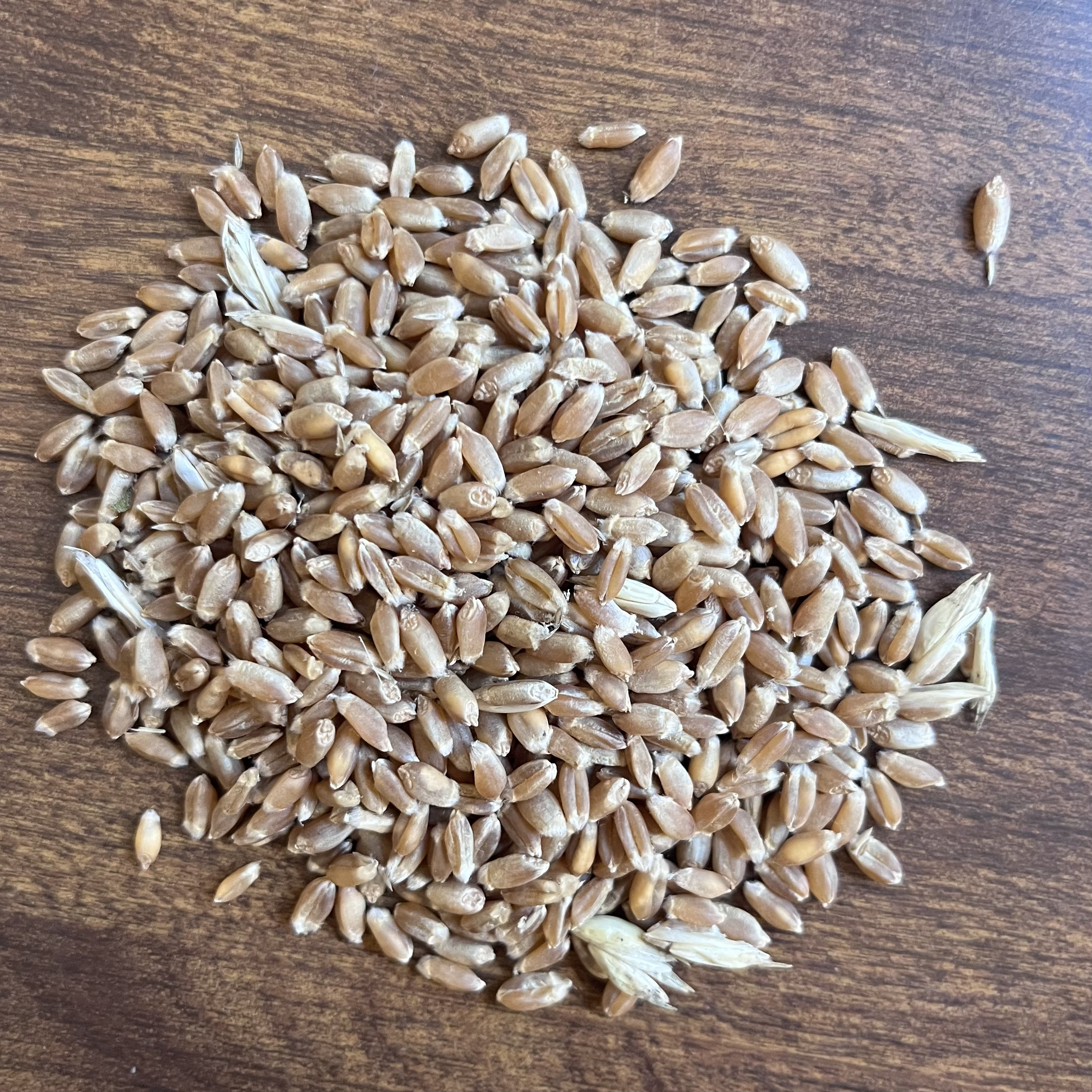 |
| Wheat | Purple Straw | Purple Straw was among the very first pastry wheats ever grown in the United States, having been used in some of the earliest iterations of the classic southern biscuit. This wheat first emerged from the Virginia Piedmont region during the era of the American Revolution. Despite a modest yield, its adoption among Mid-Atlantic and Southern grain growers was both wide-reaching and remarkably swift. In the words of food historian David Shields, this period of turmoil was a major catalyst for the rise of Purple Straw, “[setting] in motion a number of developments that would cause the eclipse of the old settler wheats of the colonial era”.
Devastating seed shortages were the first of these developments, soon followed by the introduction of the Hessian Fly, which some believe to have hitched a ride in the straw bedding of the Hessian mercenaries fighting for England. From that moment on, the fly brought immense devastation to grain crops as it migrated through the newly united colonies each year. Purple Straw’s popularity had a simple cause. It could be harvested 15-20 days earlier than nearly any other variety, giving farmers just enough time to harvest before the fly’s late-summer arrival.
This heritage grain helped to keep the United States fed while this country was still fighting to establish its very existence. While still widely grown up until the 20th century, it too was eventually replaced by newcomers and was believed to be extinct until its rediscovery in 2015.
| 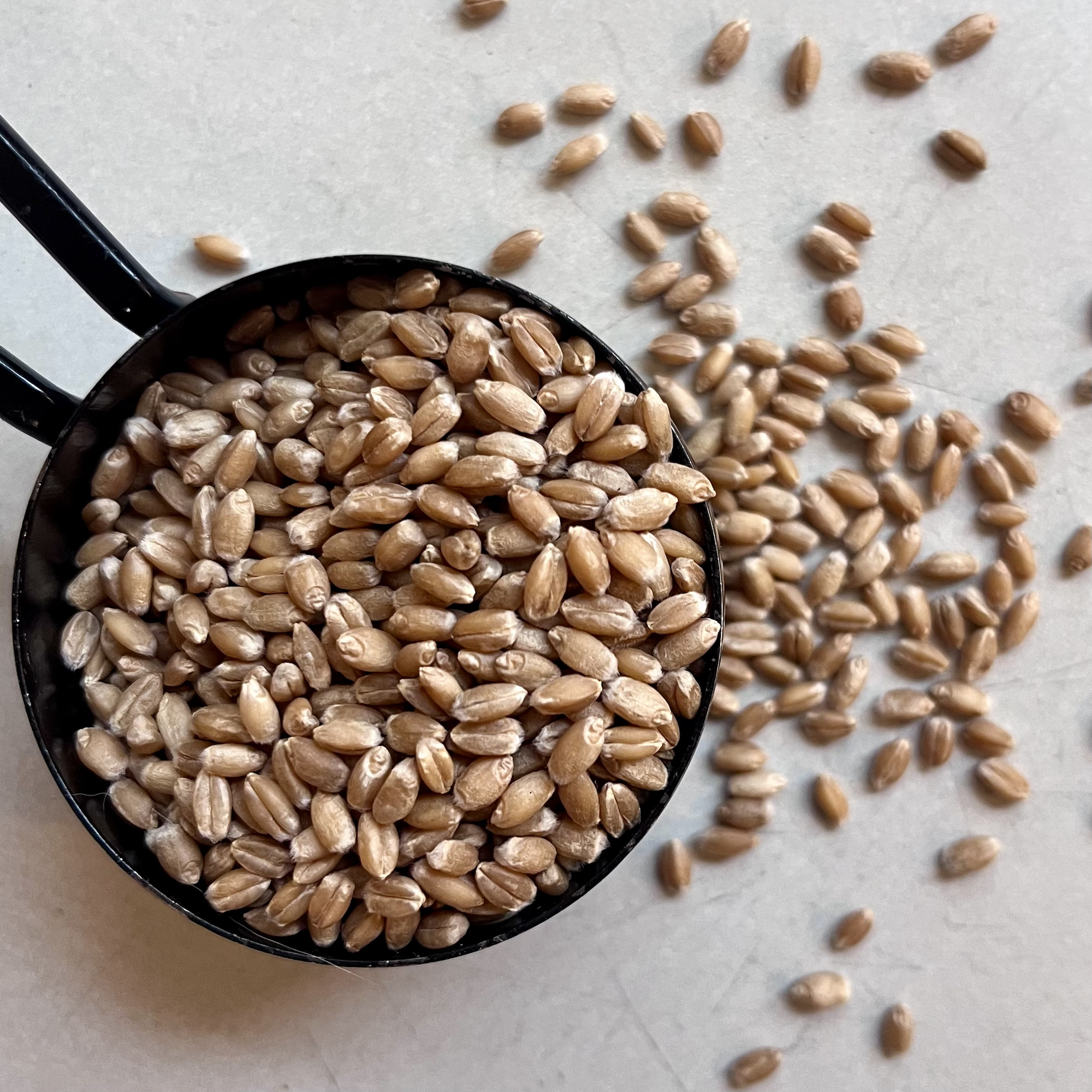 |
| Wheat | Rouge de Bordeaux | Soon after its 1864 introduction to Southwest France, Rouge de Bordeaux firmly established itself as a regional staple for bakers throughout the country and comfortably retained this status for generations to follow.
It is now best known for its naturally cinnamon-like flavor.
| 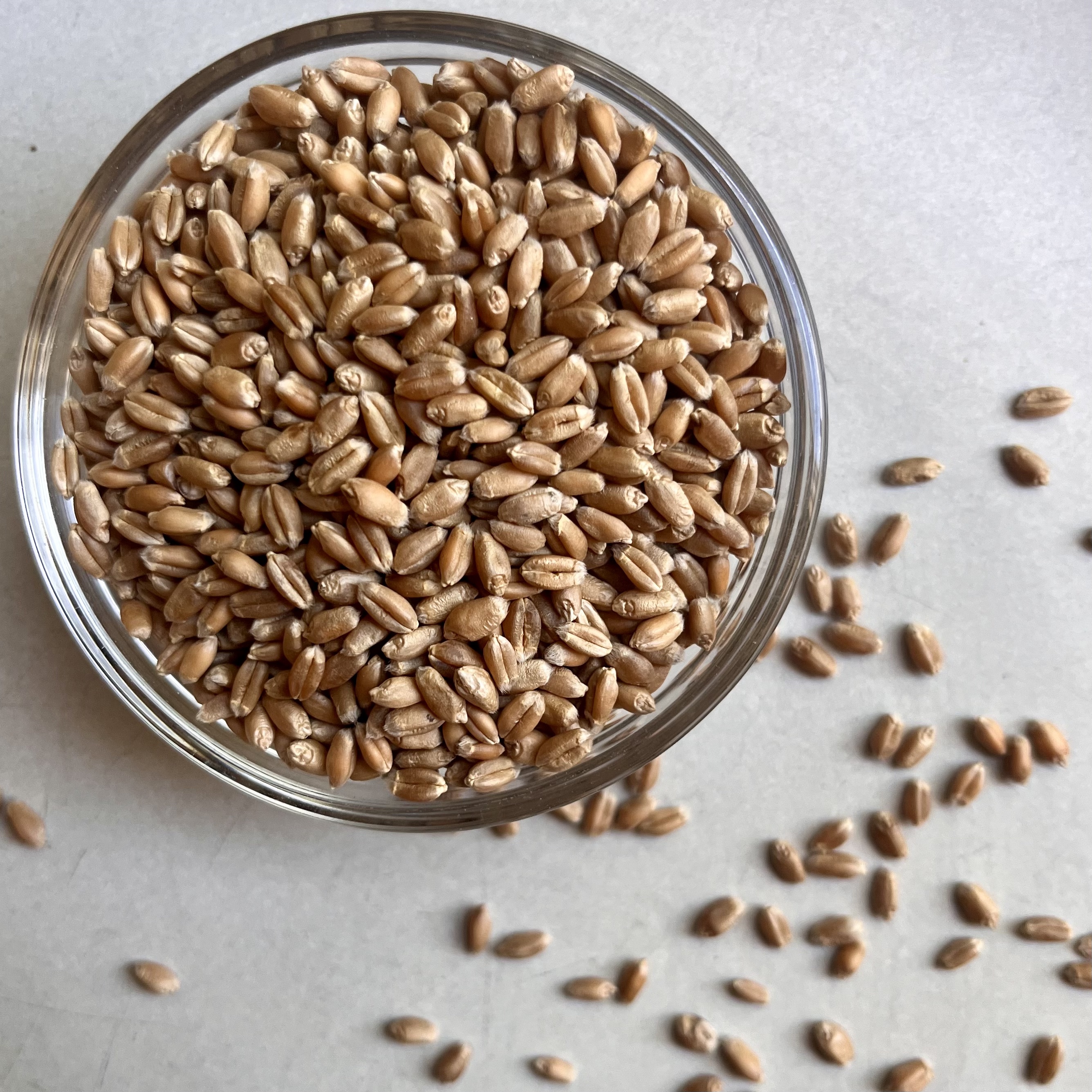 |
| Wheat | Emmer (Farro Medio) | This ancient wheat is one of just three to fall under the Italian “farro” classification and is still prized throughout the Mediterranean region for its nutty flavor, soft bran, and high protein content. Soon after the domestication of einkorn more than 12,000 years ago, emmer became the second wheat ever grown. Its distribution throughout the Old World was both swift and far-reaching due to its exceptional tolerance to harsh climates.
As the precursor to durum wheat, emmer is particularly well-suited for pasta and flatbreads, but is also commonly eaten in its whole form as a base for salads and grain bowls. Open-pollinated. Hulled.
| 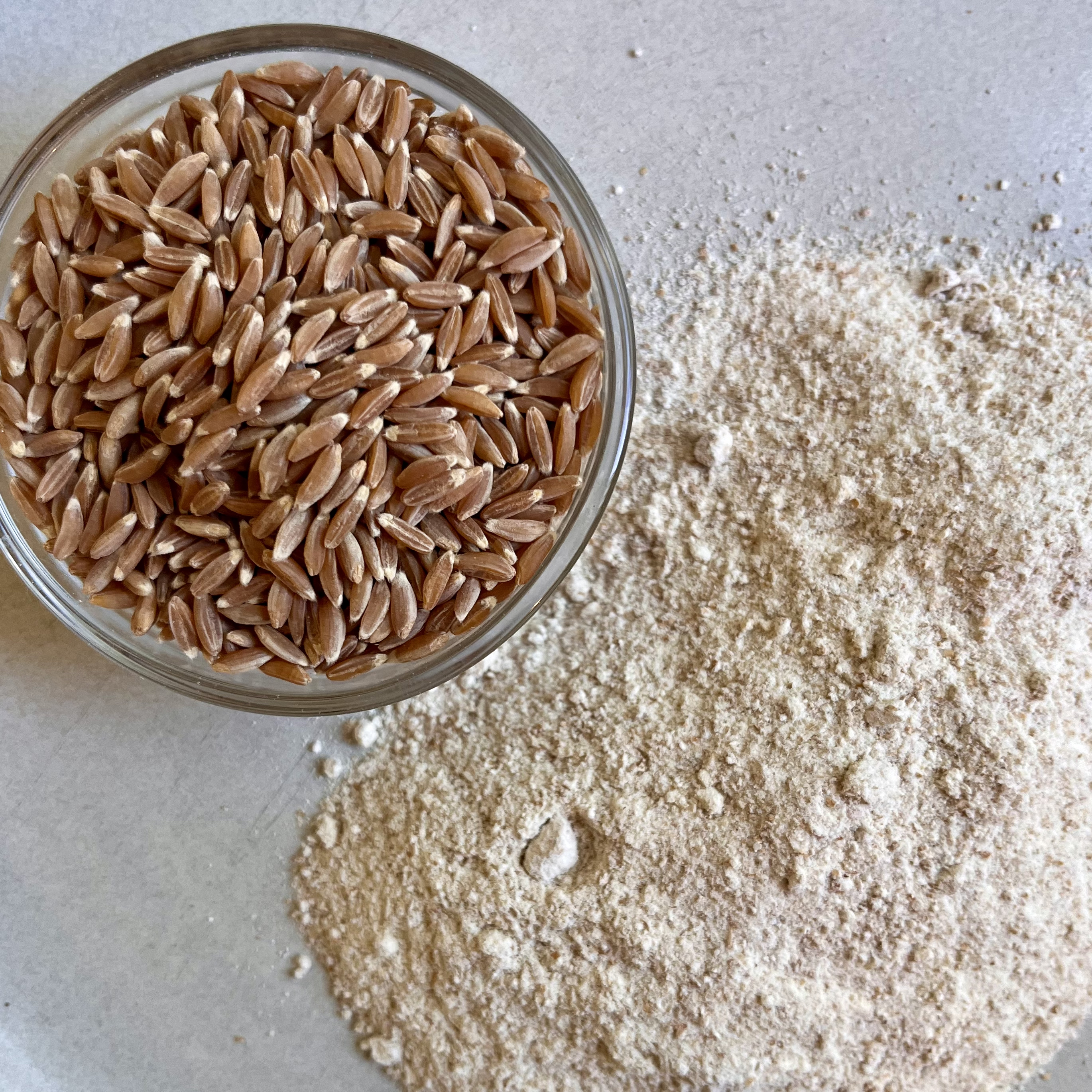 |
| Wheat | Einkorn (Farro Piccolo) | This ancient wheat was the first food crop ever grown by humanity, singlehandedly launching our species into agriculture nearly 12,000 years ago.
Today, einkorn is prized for its light, nutty flavor, impressive nutritional profile, and highly digestible gluten. It is also the smallest of the ancient grains to fall under the traditional Italian “farro” classification, accompanied only by its early successors: emmer (farro medio) and spelt (farro grande).
| 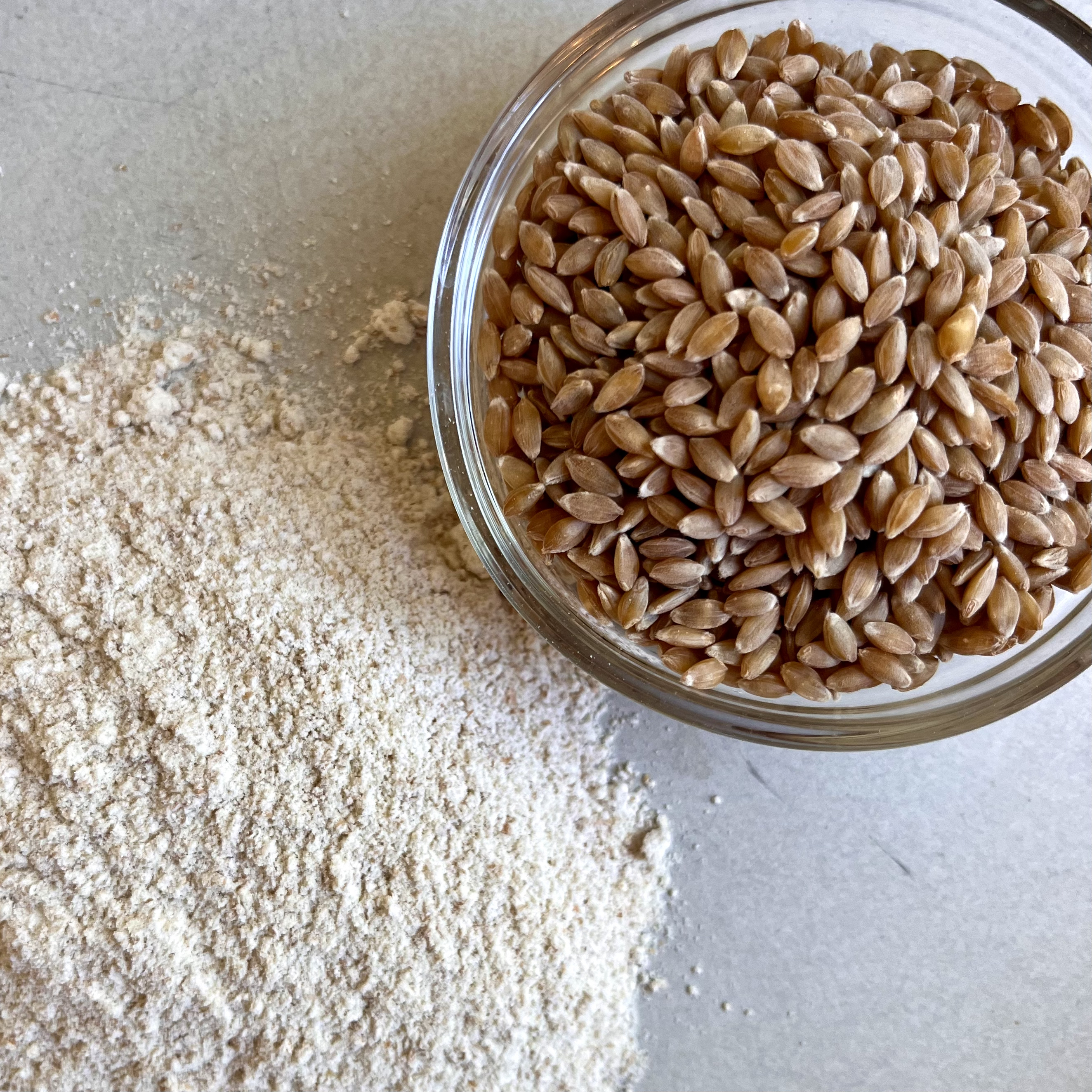 |

